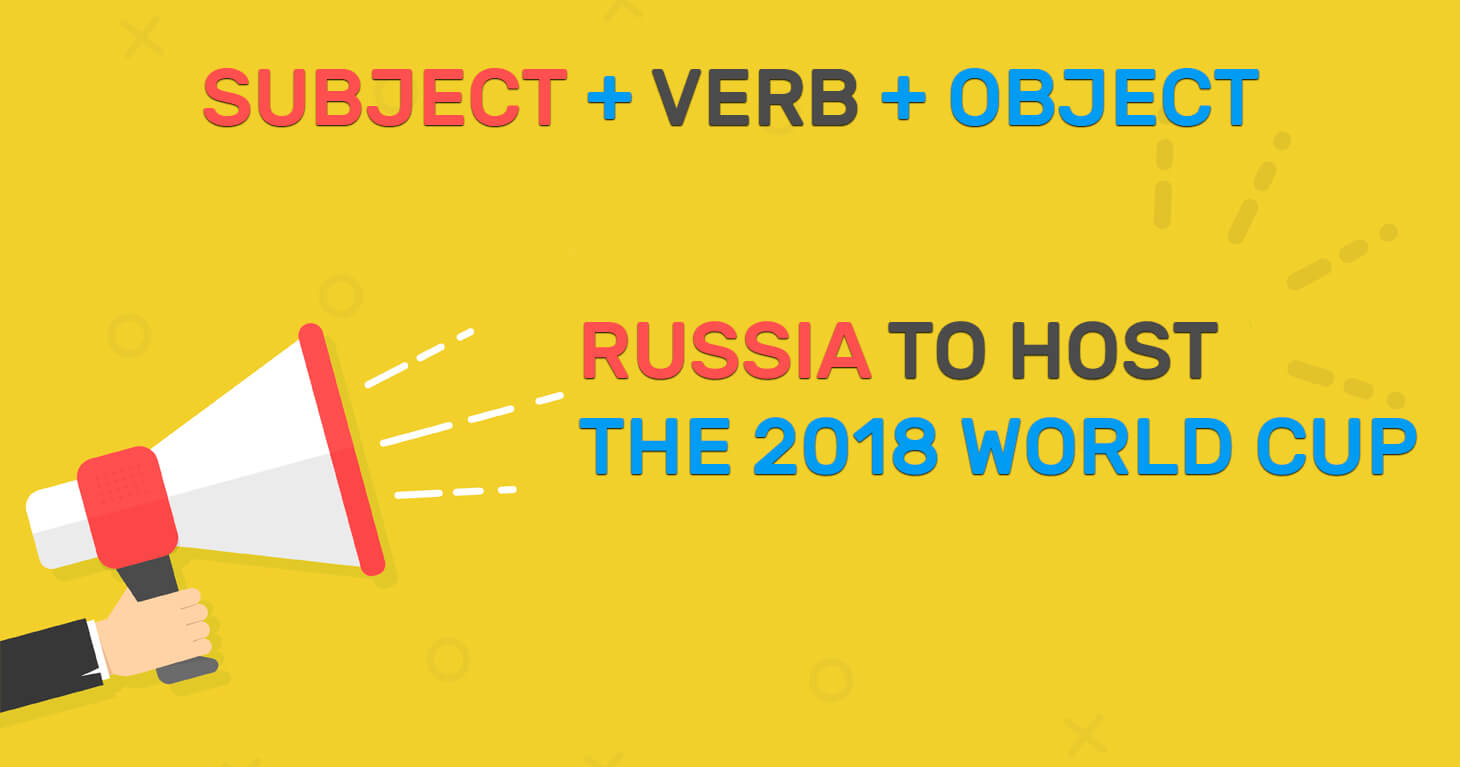Headlines Must Be Objective
The goal of your article’s title is to make the reader understand the information is waiting for him in the article. Another aim is to “sell” a click on this title. In other words, the title should make you want to click on it. The main requirement is to grab the user’s attention and motivate him to click on the title to read your post. Remember, it doesn’t matter how interesting or useful your material is if nobody reads it. That’s why the number of people who see the title and then click on it is taken into account when monitoring title efficiency.Why Get Serious About Article Titles?
Many copywriters, authors, and journalists face the issue of finding the best name for their material. Lots of them pay attention to the text but put off the title until the last minute. Let’s consider some examples. Suppose we have a page with tips on how to save on flight tickets with an embedded Aviasales form. Compare these two titles for the page:- How to Save on Flight Tickets
- Seven Ways to Save $100+ on Flight Tickets Wherever You Want to Fly
- Tickets for Sagrada Familia
- Skip the Line and Save $10 on Tickets for Sagrada Familia
What Is a Catchy and Relevant Title?
The list below relates to the websites only. In advertising, traffic arbitrage and other methods are used in titles creation. That’s why you should apply and try these tips for online content on.- Be informative. The user should be able to understand the material when reading your post. For example, if he will learn about the top 10 mobile apps for traveling, inform him about this in the title. People typically search for solutions. Let them see this solution in the title. Also, don’t write that he will find free apps on your page if all apps are paid ones.
- Be relevant. Certainly, you can attract readers’ attention with a title from the tabloids, such as “Why Donald Trump Doesn’t Fly on Planes Anymore.” Okay, you can sell the click, but when the user doesn’t find out the information promised in the title, he’ll leave. Then the search engines make the conclusion that your article is not related to its title. This will make your bounce rate worse, and with such titles, even our article about how to improve your bounce rate won’t help you.
- Be actual. When the user looks for answers and solutions, he often checks the date of publication. If the search query is “Best destination for Christmas,” the relevance is important. A publication dated 2011 could hardly meet the needs of a person going abroad in winter 2018/2019. Reflect the date it in the title.
- Include Keywords. Let’s not forget about the search query for your article’s promotion. You won’t get traffic if you neglect the keywords and know nothing about search queries. Aim to use keywords as much as possible, and try to place the key phrase for SEO-promotion at the beginning of the title. You can learn more about search queries and how to choose the best one in this article.
- Be intriguing. This tip has come from internet content from contemporary journalism. The user should not only learn the context of the article from the title but also feel Some examples of intriguing titles are “Delta: Why is the Largest Airline in USA Going Bankrupt?” and “Three Phrases to Save Your Life in Egypt.” Of course, the title should be relevant to the content, but you can play with the readers’ imagination and try to intrigue them.
- Include numbers and facts. The Saturday Marketing Agency’s research revealed the increasing of titles’ CTR (clickability) is due to the numbers and facts.
- Be clear.
- Keep it short and simple.
- Don’t afraid to use questions.
- Appeal to your reader’s hunger for knowledge.
- Always analyze your titles and change them to find the best option.
What Kinds of Titles Catch the Audience’s Attention?
Recommendations without examples wouldn’t be complete, so let’s illustrate them with some patterns that should be efficient:- The Proven Way to Get a Schengen Visa in 2019
- Australia: How to Fill in a Migration Card Correctly
- Seven Secrets of Living in Thailand for $1,000 for the Whole Winter
- A Working Method to Buy Cheap Insurance for Traveling
- Pack Your luggage like a Pro: Ten Tips from a Frequent Flyer
How to Create the Perfect Title for an Article
Until you try, you’ll never know for sure. However, we’ve mentioned one technique in the case of email marketing. It is the “checking the bar” technique. Imagine that you’ve entered a bar, restaurant, or café where your target audience is. Tell them your title loudly and clearly, and then go away. Ask yourself how many people will step away from what they are doing, from their conversations and gadgets, to look at the title? How many people will “lay their eyes” on it in the search results? How many of them will leave their tables and follow you to learn the answers to their questions? How many people will click on the title? Here is the answer to your question about how catchy your title is. You can use numbers, intrigue, capital letters or symbols in the context of facing the same challenges with regard to luring the person by solving his problem to make him click on the title.Svo Technique
Another interesting technique is SVO: subject, verb, and object:




